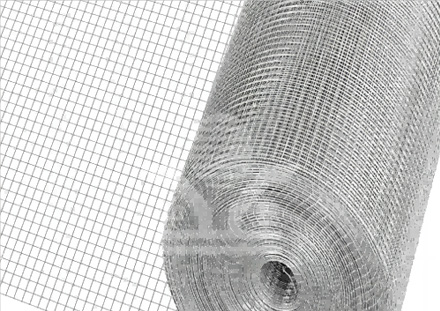Perforated Corrugated Panels An Innovative Solution for Modern Architecture
In contemporary architecture, the demand for materials that combine functionality with aesthetic appeal has led to the emergence of perforated corrugated panels. These innovative products have reshaped the way designers and builders approach facade design, interior partitions, and various applications across diverse sectors. By exploring the benefits, applications, and design possibilities of perforated corrugated panels, we can gain insight into their growing popularity in the architecture and construction industries.
Perforated corrugated panels are characterized by their unique structure, which consists of a series of ridges and grooves. This design not only provides enhanced structural integrity but also allows for the incorporation of perforations—holes or openings strategically placed to serve various purposes. The result is a lightweight yet robust material that offers numerous advantages over traditional flat panels.
One of the standout features of perforated corrugated panels is their ability to control light and ventilation. The perforations can be designed to allow natural light to filter through while maintaining privacy and reducing heat gain. This characteristic makes them an attractive option for building facades, where designers can create dynamic light patterns that change throughout the day. Additionally, the panels can facilitate airflow, promoting ventilation and contributing to energy efficiency in buildings.
perforated corrugated panels

Aesthetic versatility is another significant advantage of perforated corrugated panels. They can be crafted from various materials, including metal, plastic, or composite materials, and can be finished in numerous colors and textures. This variety allows architects to customize the appearance of the panels to suit the specific design language of a project, whether it's a modern commercial building, a residential structure, or a public space. The interplay of light and shadow created by the perforations can enhance the visual interest of the facade, making it a focal point in urban environments.
Moreover, perforated corrugated panels are increasingly favored in sustainable design practices. Many manufacturers produce panels using recycled materials or processes that minimize environmental impact. Their ability to contribute to energy-efficient buildings aligns with the growing emphasis on sustainability in architecture. By reducing reliance on artificial lighting and mechanical ventilation, these panels help decrease a building's overall energy consumption.
The applications of perforated corrugated panels extend beyond exterior facades. Inside buildings, they can be used for room dividers, acoustic panels, and ceiling systems. The perforations can be designed to optimize sound absorption, addressing noise issues in open-concept spaces or commercial environments. This multifunctionality makes them a valuable asset in various architectural applications.
In conclusion, perforated corrugated panels represent an exciting advancement in building materials. Their blend of functionality, aesthetic appeal, and sustainability positions them as a versatile solution for modern architectural challenges. As architects and designers continue to explore innovative applications for these panels, we can expect to see them play an increasingly prominent role in shaping the future of architectural design. The combination of light, texture, and form that perforated corrugated panels offer not only enhances a building's visual appeal but also contributes to its overall performance, making them an essential element in 21st-century architecture.
-
Versatility of Expanded Aluminum Metal for Various Applications
NewsMay.19,2025
-
The Geometry of Steel Gratings: Why It Matters
NewsMay.19,2025
-
Reinforcement Applications of Perforated Mesh in Masonry
NewsMay.19,2025
-
Essential Tools for Installing a Deck Mesh Railing
NewsMay.19,2025
-
Anti-Slip Flooring Made with Stainless Expanded Mesh
NewsMay.19,2025
-
Adjustable Steel Grating for Uneven Terrain
NewsMay.19,2025
Subscribe now!
Stay up to date with the latest on Fry Steeland industry news.

